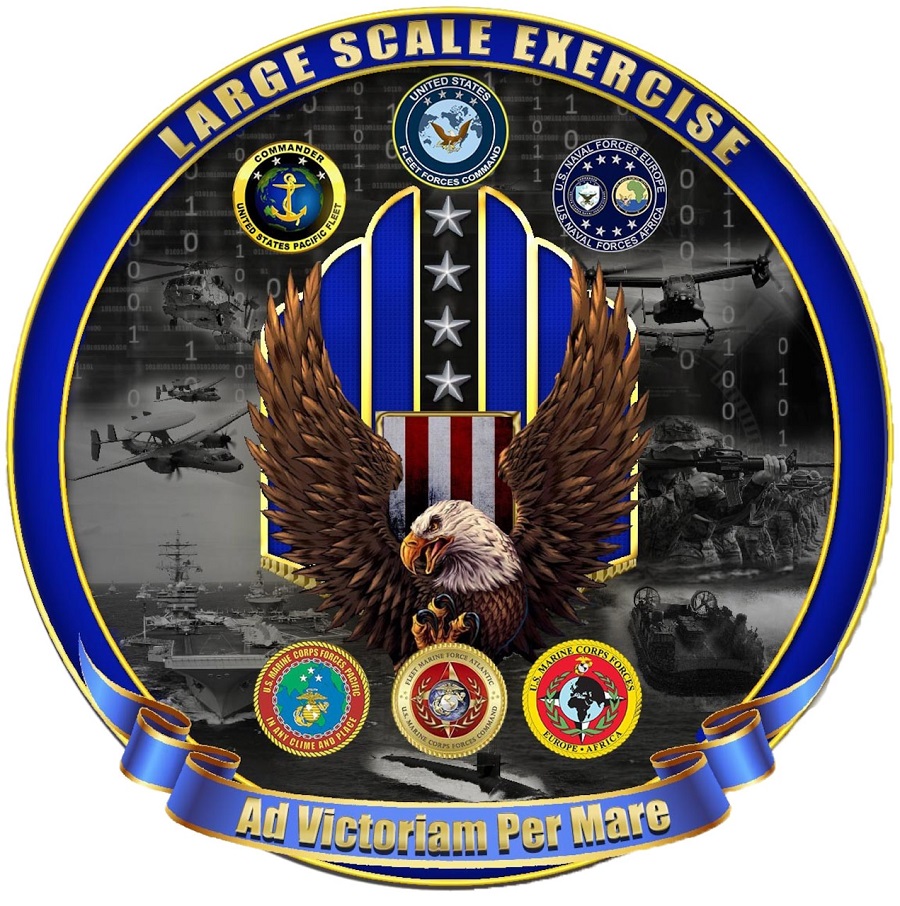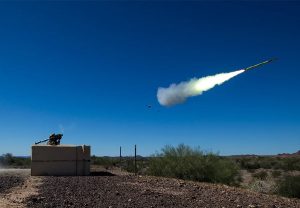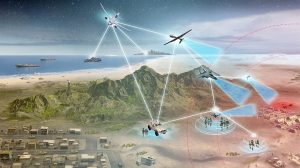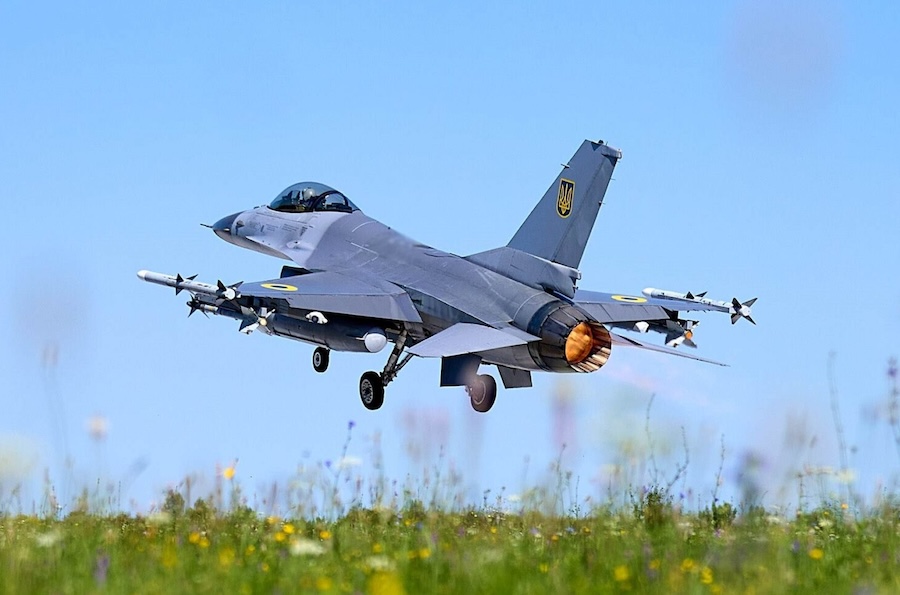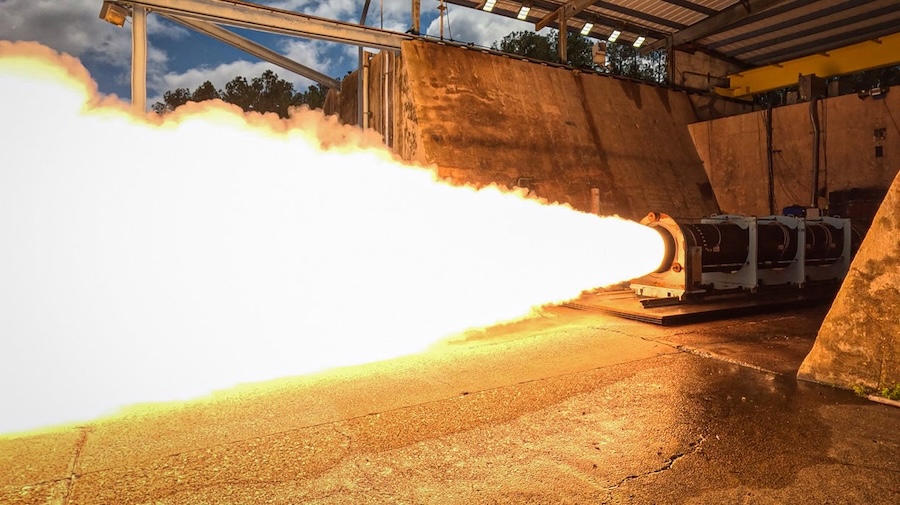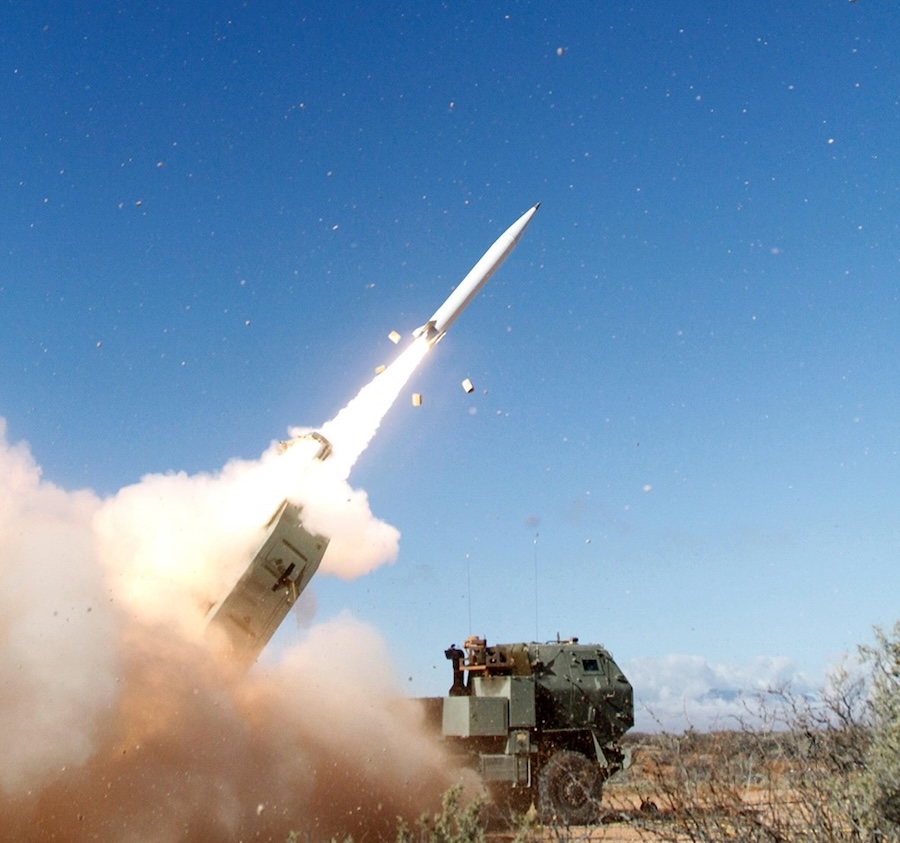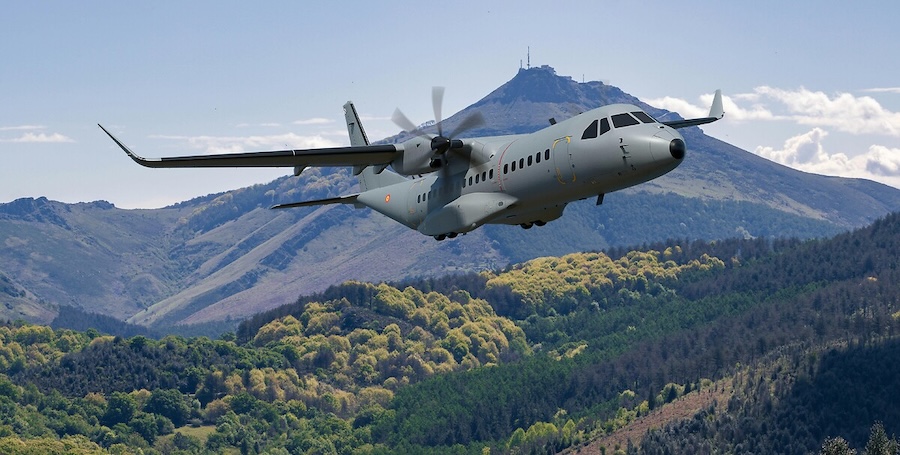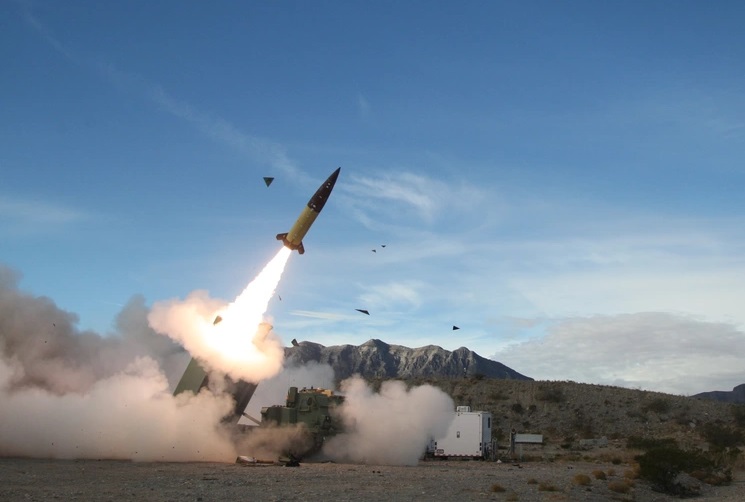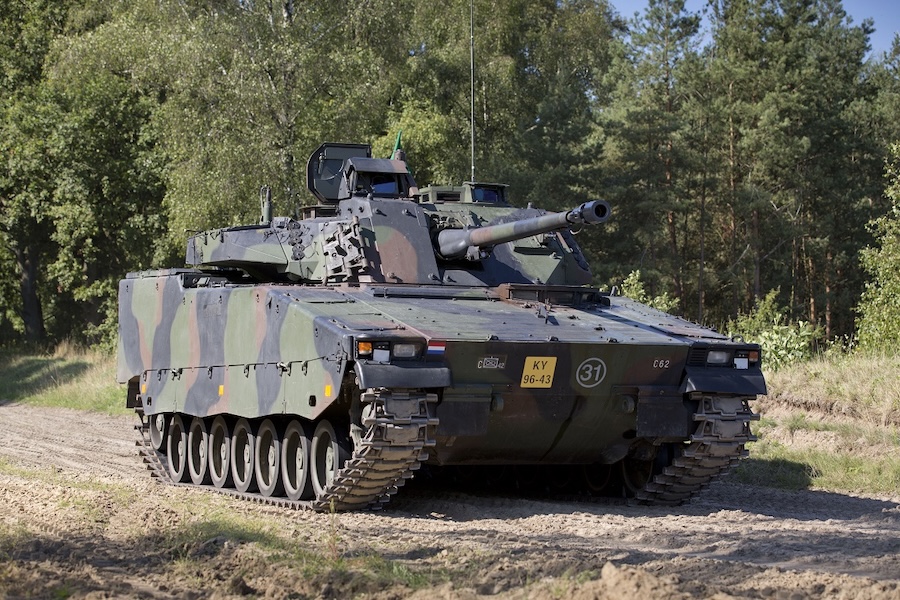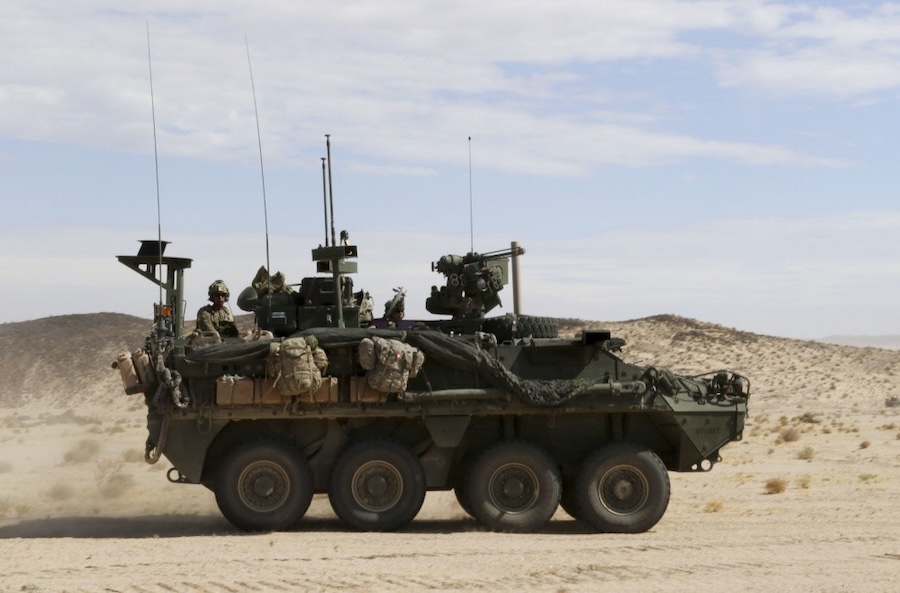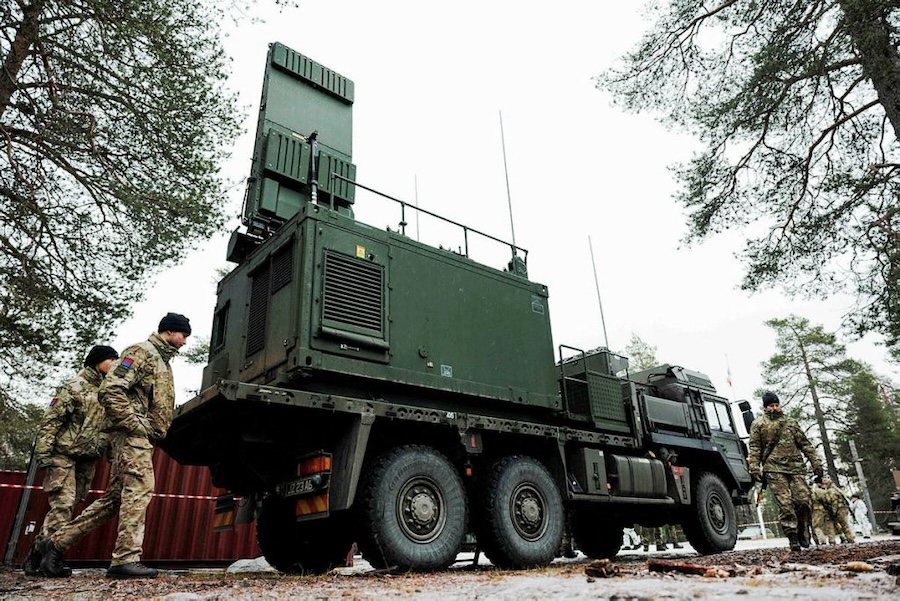LSE 2025 simulates high-end, real-world threats across all domains, from naval piers to ships at sea and international command centres. It provides a realistic training environment reflecting the challenges posed by strategic competitors.
Advanced technology enables real-time, dynamic scenarios that test naval systems, decision-making processes, and operational readiness. These virtual environments allow for intensive training without straining physical assets such as ships, aircraft, or equipment.
The exercise builds on previous operations to strengthen the Navy and Marine Corps’ ability to respond to evolving threats. It challenges forces to demonstrate readiness, flexibility, and resilience in a highly complex global setting.
For the first time, U.S. allies and partners—including Canada, Japan, and NATO—are participating in LSE, enhancing its international scope. This cooperation boosts interoperability and trust, increasing collective maritime effectiveness.
“This isn’t just about scale—it’s about integration, synchronization, and rehearsal for the full spectrum of conflict,” said Vice Adm. John Gumbleton, deputy commander, U.S. Fleet Forces Command. “LSE 2025 will test our ability to globally coordinate Maritime Operations Centers, execute contested logistics, and mobilize our Reserve forces. Large Scale Exercise 2025 is how we prepare to fight and win—anywhere, anytime.”
All 10 Fleet Maritime Operations Centers are involved, marking the only exercise of its kind with simultaneous global MOC coordination. This shift from regional to global operations provides critical experience at the operational level of warfare.
“This exercise provides an incredible opportunity to hone command and control across the most lethal amphibious task forces in the world, ensuring sea lanes remain open and global commerce flows freely, maintaining peace and stability worldwide,” said Lt. Gen. Bobbi Shea, commander, Marine Forces Command. “LSE offers a glimpse into the future of warfare, pushing the boundaries of what’s possible and ensuring that our Navy-Marine Corps team remains the most advanced, agile, and effective fighting force in the world.”
LSE 2025 represents a significant step in preparing U.S. maritime forces for contested environments and future conflicts. Through allied integration and cutting-edge training, the exercise underscores the services’ commitment to global security and strategic readiness.
The U.S. Fleet Forces Command oversees more than 125 ships, 1,000 aircraft, and 103,000 personnel, providing forward-deployed, combat-ready forces to support American national interests worldwide.


